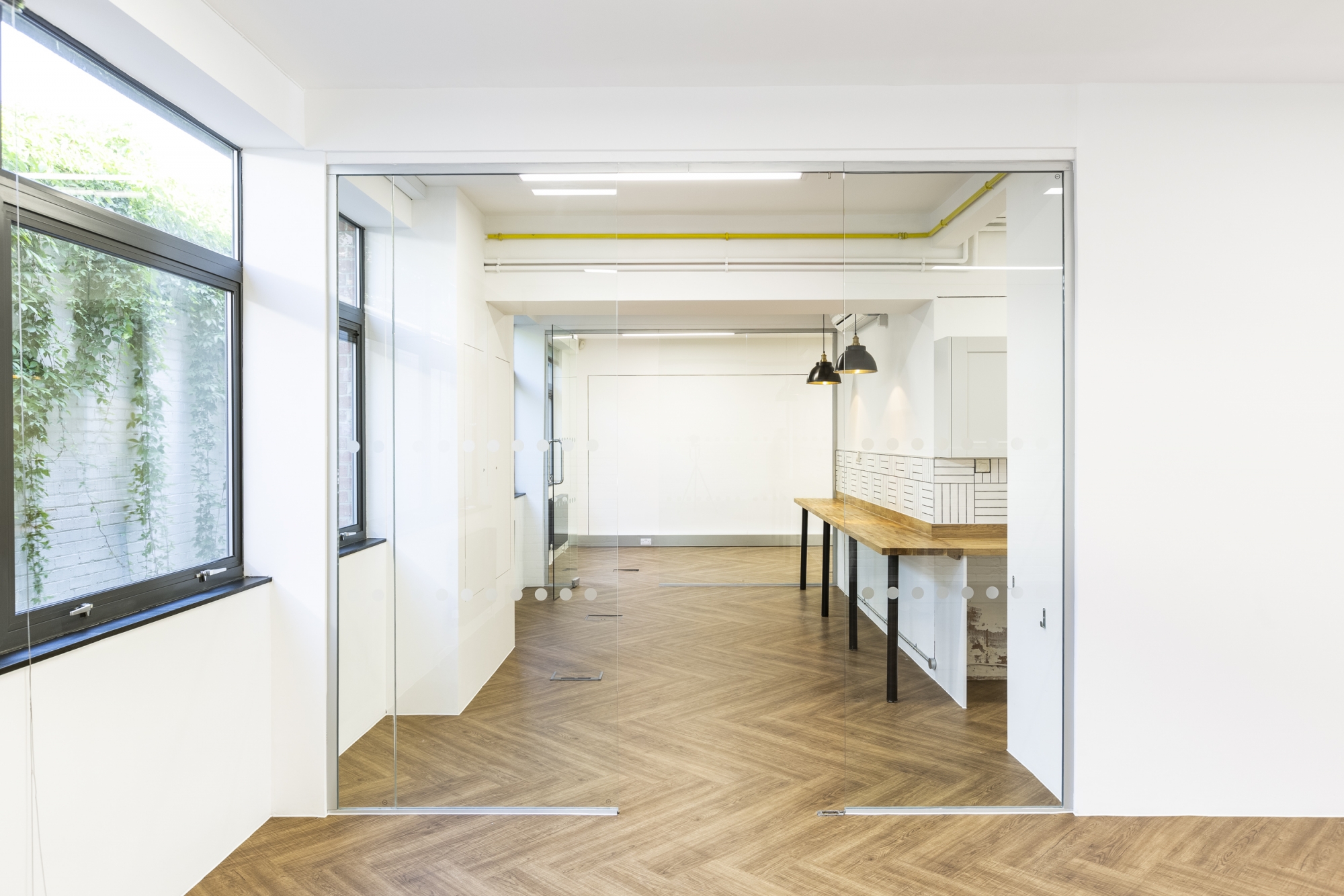What do we mean by ‘shell and core’, CAT A, CAT A + and CAT B
Decoding our industry jargon
As workplace creators, we are constantly surrounded by industry professionals who understand our working industry jargon, yet one should remember that these terminologies may mean nothing to our clients. While our colleagues at DeVono Cresa would happily engage us in a conversation concerning the merits of being able to influence the design of a CAT A ‘install’ to reduce the cost of a CAT B fit out, we recognise that most individuals looking to create their perfect workplace may not appreciate the difference between the two.
For clients that have not been through the process of an office fit-out this can seem like a very daunting task, especially when you consider everything that goes into finding a suitable office in the first place. The last thing they need is to be bombarded by language and terms that are confusing.
Accordingly, in order to help our clients better understand some of our industry terminologies, we have come up with a simple description of the four main categories of fit-out:
Shell and Core
The most self-explanatory of the four categories, quite literally the shell (outside) of the build along with the core (inside), meaning stairs and lift shafts within the space. Often this means lots of concrete and exposed raw surfaces, no lighting or other services, just a frame ready for everything to be installed within.
CAT A
We like to think of CAT A as the bare essentials of an office floor being installed – this includes lighting, air conditioning, building amenities (reception, lifts, WCs), and white painted walls. This type of fit out is how most landlords will deliver space within buildings as it allows the incoming tenant maximum flexibility to create an office setting of their choosing.

CAT B
This is the fun bit for our client as it brings the big white box of a CAT A space to life. The CAT B stage involves creating all of the rooms a client will use, specifying the flooring, gathering all the furniture to choose from, and selecting the colour and materials that allow them to make their workplace feel like it is theirs.

CAT A +
CAT A + is often referred to as a “plug and play” office space. In this situation, the landlord will install all the elements of a CAT B fit out, meaning typically all a tenant then needs to do is bring staff and laptops. While the tenant may not have had the chance to fully design their own office space as they would with a CAT B, they also would not face a significant capital expenditure nor wait for it to be built.
Hopefully this blog has cleared up any questions you may have about the industry jargon that we use. If you would like to speak to the team at Dthree Studio about your return to the office, or indeed any fit-out advice you may need, please do not hesitate to contact us at: hello@dthreestudio.co.uk
